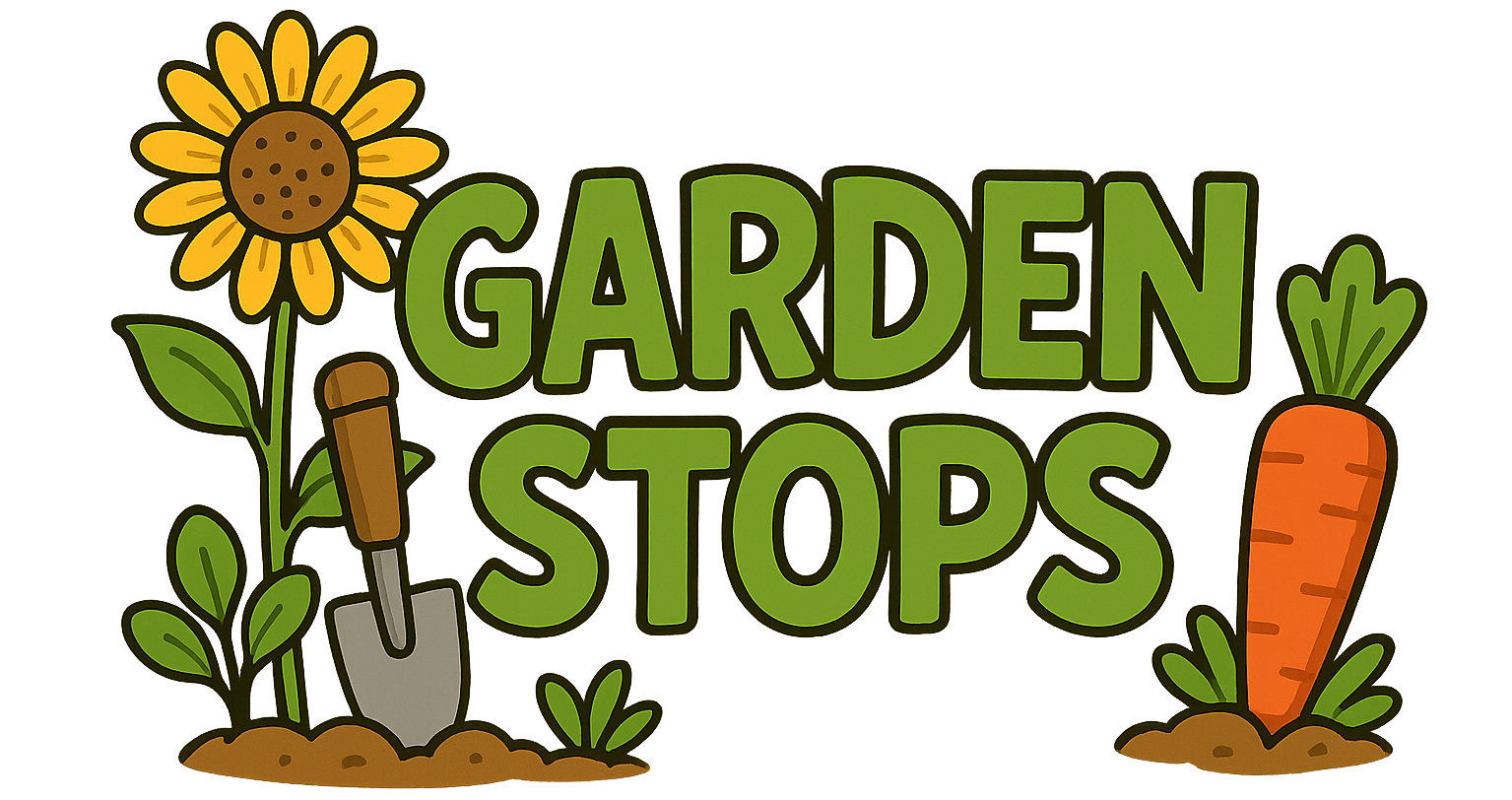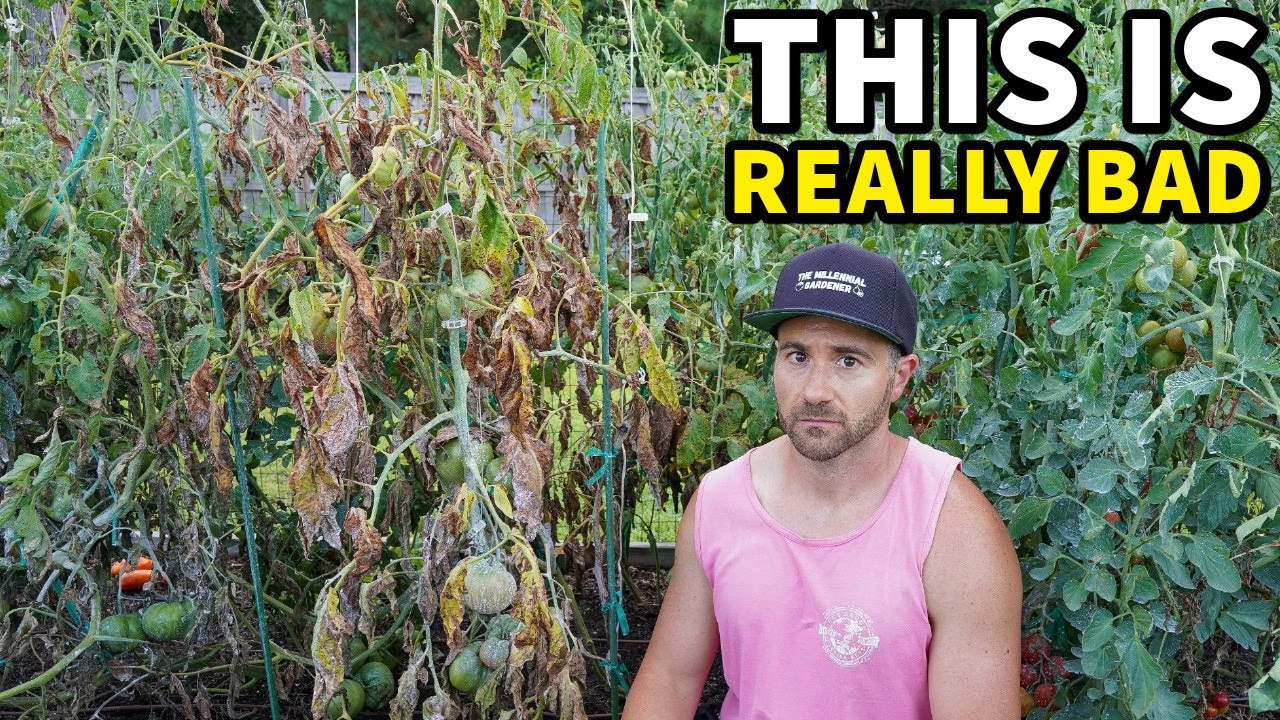Is your garden suddenly collapsing, and everything you’ve nurtured is dying? If you’re feeling overwhelmed and unsure of what’s going wrong, you’re not alone. Your lush paradise may be facing issues beyond what you can see, but understanding the causes and solutions can help you restore its vitality. Let’s explore what might be causing your garden’s decline and how you can bring it back to life.
My Garden Is Collapsing: Everything Is Dying — Or Is It Just a Learning Curve?
Introduction
If there’s one thing that’ll remind you that you’re not an actual plant, it’s the sudden, almost theatrical collapse of a garden that once teased promise and glittered with hope. You’ve nurtured, watered, whispered sweet nothings to your tomato plants, only to find them wilting faster than a bad hair day. It’s a delicate dance between patience and despair, isn’t it? Like any formidable gardener will tell you — or at least hint — the universe isn’t out to ruin your dreams; instead, she’s just giving you some hard lessons in resilience, stubbornness, and the undeniable truth that bad seasons teach valuable lessons.
This is the story of my garden’s implosion, a spectacular symphony of wilted leaves and broken dreams, but also an unexpected tale of growth, revelation, and yes, grit. As I stand amid the chaos of fallen stems and cracked soil, I realize: perhaps this is less of a tragedy and more of a master class in survival. Because if you can turn heartbreak into empowerment, every dying vine becomes both a warning and a badge of honor. Ready to dig into the heart of what went wrong — and, more importantly, what you can do right next time? Let’s explore the messy, muddy, and ultimately enriching world of gardening mishaps turned triumphant success stories.
Heavy Rain and Harsh Seasons: The Garden’s Brutal Wake-up Call
There’s a certain cruel humor in stepping outside after a heavy rainfall — the kind that makes your garden look like it’s been through a war zone. Slippery mud, broken stems, and leaves battered like they’ve gone ten rounds with an overenthusiastic squirrel. It’s easy to despair, to stare at your soggy, flattened plants and whisper, “Why me?” But here’s the thing: just as heavy rainfall can wreck havoc, it also sets the stage for the most important lessons. Your garden may be ruined after heavy rain, but those tough seasons reveal which varieties hold up under pressure.
On the bright side — and yes, I promise there is one — adversity weeds out the fragile. Only the strongest plants survive when the elements turn hostile, and that’s a vital piece of knowledge for any aspiring gardener. You realize, painfully, that not every seed is worth your effort, and that some plant varieties are better equipped for chaos and clamor. Think resilient, like Mountain Magic tomatoes or Big Beef Plus — they weather storms with a quiet dignity that makes you respect their stubborn, invincible roots. Those harsh conditions teach you to select your future plants wisely, cultivating a garden of hardy survivors that laugh in the face of drought, downpour, and temperature swings.
Transforming Heartbreak into Garden Glory
If heartbreak had a face, mine would be a wilted, leafless cactus. I watched helplessly as my first attempts at growing peppers and zucchinis turned into sad, ghostly remnants of what once promised bountiful harvests. But here’s the twist: from that heartbreak—like all good stories—sprouted a phoenix. Gardening isn’t just about the flowers and the fruit; it’s about resilience, patience, and knowing that every failed season is a stepping stone. You can turn heartbreak into empowerment by selecting resilient tomato, cucumber, squash, and pepper varieties that have proven themselves against adversity.
Picture this: I replaced my fallen plants with tough, proven varieties—an act of defiance and hope. I switched to indeterminate tomato strains that keep fruiting despite setbacks, and I invested in products like insect netting and shade cloth, which shield your precious crops from the worst of nature’s tantrums. My garden transformed from a battleground to a sanctuary of persistence. The moral? You don’t have to accept defeat when the season turns sour — instead, you leverage your failures into future success stories, planting the seeds for a vibrant, abundant garden that refuses to be beaten.
Building a Fortress Garden: Proven Varieties and Smart Supplies
If you’re serious about not letting your garden kick you to the curb, it’s time to talk about setting a solid foundation. Choose your plants wisely — focus on proven, bulletproof varieties that have a reputation for resilience. Think Carmello or Big Beef Plus for tomatoes, Super Sweet 100 for a cherry pepper that refuses to quit, and the best zucchini and cucumber varieties that have endured countless seasons of neglect and delight. These aren’t just seed choices; they are your insurance policy against future heartache.
And let’s not forget the arsenal of gardening tools and accessories that can make or break your season. From sturdy pruning snips and watering wands to fertilizers and pest control concentrates, every tool has a part to play in your garden’s comeback story. Products like Surround WP Kaolin Clay and grow bags offer extra layers of protection, transforming your gardening patch into a fortress of productivity. For those who love to tinker and optimize, visiting the creator’s Amazon storefront for recommended gardening equipment and exploring their second channel for additional tips can be game-changers. Your best defense starts with smart choices — because sometimes, a little protection is the difference between thriving and just surviving.
Cultivating Hope through Knowledge and Community
Every gardener knows that the journey—much like life—is best navigated with a little help from friends, fellow earth lovers, and the endless trove of online wisdom. Share your garden struggles, ask questions, and swap tips in the comments of helpful YouTube channels and gardening forums. The garden community is a quirky, supportive bunch who’ve fought their own battles with pests, droughts, and inexplicable plant deaths. Their stories, combined with the latest videos about ideal indeterminate versus determinate tomato varieties, can turn your blackest gardening days into a source of inspiration.
On a practical note, don’t shy away from leveraging all available resources — from outdoor shade cloths that protect tender seedlings to fertilizers that give your plants the extra push they need. Remember, even in the bleakest seasons, you can achieve big, beautiful harvests by applying the right techniques and selecting resilient plants. Your garden’s story isn’t over; it’s just taking a few unconventional turns before the grand finale. Keep experimenting, keep learning, and always keep your roots deep in the soil of hope.
Frequently Asked Questions
How can I recover my garden after a severe storm or heavy rainfall?
Recovering from a storm requires patience and a strategic approach. Start by removing any severely damaged plants and debris to prevent disease spread. Loosen compacted soil with gentle aeration and apply organic amendments to boost soil health. Focus on planting resilient varieties like Mountain Magic or Carmello that are known for their ability to withstand adverse weather. Installing protective measures like insect netting and shade cloth can also shield your future crops from similar damage, setting you up for a more resilient season next time.
What are the best plant varieties for tough climates and unpredictable seasons?
The best varieties are those with a reputation for resilience — think Big Beef Plus tomatoes, Super Sweet 100 peppers, or hearty zucchinis. These plants have proven their mettle in various conditions and are less prone to disease and failure. When selecting seeds, always purchase from trusted sources to ensure quality, especially for popular options like Mountain Magic or Carmello. Growing proven, bulletproof varieties minimizes risks and helps ensure you get a generous harvest, even when Mother Nature throws a temper tantrum.
How do I prevent pests and diseases in a struggling garden?
Prevention is the name of the game. Use insect netting to keep bugs at bay, and apply organic pest control concentrates when necessary. Keeping your plants healthy and vigorous through proper watering, fertilizing with quality products, and avoiding overwatering can make them less inviting to pests and disease. Regularly inspecting your plants and removing early signs of trouble can save your entire crop — think of it as giving your garden a quick health checkup before disaster strikes.
What tools and supplies are essential for a resilient vegetable garden?
Beyond the basics like pruning snips and watering wands, consider investing in products that bolster plant health and protection. Fertilizers tailored for vegetables, kaolin clay sprays like Surround WP, and sturdy grow bags can transform your gardening experience. Shade cloth provides crucial relief during heatwaves, while pest control concentrates help manage invaders without harmful chemicals. These items, coupled with high-quality seeds, form the backbone of a garden that’s built not just to survive, but to thrive.
Can I still get a bountiful harvest after a bad season?
Absolutely — as long as you focus on proven varieties, use smart gardening techniques, and embrace the lessons learned from past failures. Even in the bleakest seasons, selecting resilient seeds like Big Beef Plus and Super Sweet 100, combined with best practices such as proper soil preparation and pest management, can lead to surprising yields. Remember, gardening isn’t a sprint; it’s a marathon of patience, adaptation, and hope. Your next harvest might just be your best yet.
Final Thoughts
Gardening, much like life, is a series of ups and downs, victories and disappointments, small steps and giant leaps. When your garden begins to collapse, it’s tempting to throw in the trowel and surrender to despair. But here’s the secret: every fallen leaf, every wilted flower, holds within it the seed of renewal. The best gardeners aren’t those who avoid failure—they’re those who learn, adapt, and somehow, keep planting with renewed vigor.
So, take heart if your garden looks like a post-apocalyptic wasteland. Your soil is not dead soil; it’s a classroom where resilience is cultivated, patience is measured, and hope blooms anew. Armed with proven plant varieties, smart tools, and a supportive community, you’ll turn that garden of wreckage into a lush paradise — one resilient seed at a time. Remember, even the most challenging seasons are just stepping stones on your journey to a garden that’s not just surviving but flourishing beyond your wildest dreams.

